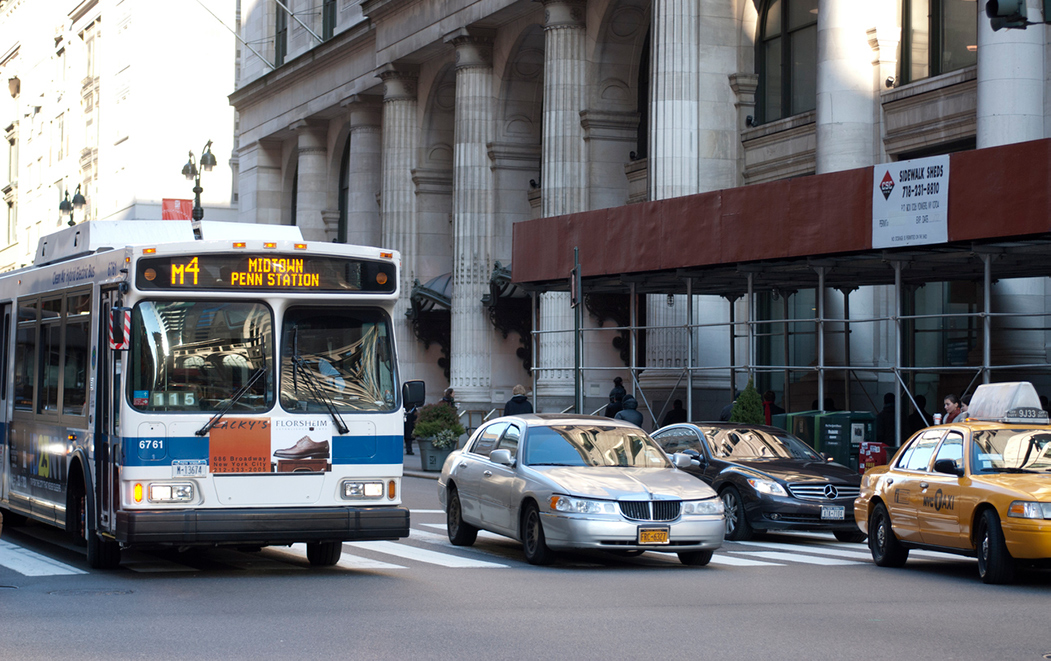Friday’s board meeting of the state-subsidized Metropolitan Transportation Authority dissolved into chaos: At one point, members aggressively bickered as chairman Pat Foye begged them to “stop, stop!” But this is politically purposeful chaos. Gov. Cuomo is happy to watch his people scream at each other while he figures out what to do about his broke MTA.
Most years, the MTA doesn’t hold an August board meeting. The ostensible reason for this one was that the MTA’s crisis demands extraordinary action. Even with a half billion dollars in annual savings from a new “transformation plan” — savings that will be hard to achieve — the MTA faces a $300 million deficit in two years.
The immediate task: rein in overtime, which helps drive deficits. This year, the MTA will spend more than $900 million on OT, nearly twice the $500 million a decade ago. In June, the MTA hired a former prosecutor, Carrie Cohen, to figure out why, and she presented her findings Friday.
Cohen and her six colleagues from top firm Morrison & Foerster didn’t tell the MTA anything the MTA didn’t know. She started off by quoting another report noting that “the MTA has not effectively managed and controlled its overtime costs.” That was from nine years ago.
Although she valiantly filled up 57 pages, there wasn’t much new to say: MTA agencies rely on outdated technology, including paper, to clock hours. High absences “create a large number of shifts that are staffed on overtime.”
Finally, “arcane collective-bargaining-agreement provisions and work rules, which often lack any modern justification, constrain management’s ability to assign work in the most cost-efficient manner.”
At the LIRR, workers get an extra day’s pay when they run both electric and diesel locomotives on the same shift. On subways, workers get overtime for more than eight hours in a day — even if they work fewer than 40 hours for the week.
All well-known. The report’s recommendations are hardly groundbreaking: On work rules, Cohen suggests that “management should consider whether it is … feasible to negotiate changes.”
What would a groundbreaking report have done? Assign a cost to each work rule. How much does the LIRR pay every year for “time on time,” extra pay for when a worker does a task not included in his normal job description? Or how much does the subway dole out for extra “snow pay”? Prioritizing the rules would give the MTA a blueprint.
The MTA could also put these costs in context by examining how overtime and benefits help push worker pay well above comparable local averages. Indeed, for its subway and bus division, responsible for about $10 billion out of $16 billion in annual spending, it has the inklings of such a report.
In June, in a report not made public, a different set of consultants told the MTA that the cash compensation of the average unionized city transit worker is $89,000. That’s “above the level of most New York City household incomes” as well as what regional private-sector transportation workers make.
Part of what pushes up wages is vacation and sick benefits that are well above private-sector averages — a month’s vacation after three years, plus 11 paid holidays, plus 12 sick days. (People earn OT to fill in.)
The narrower board focus on overtime, though, serves the governor’s purposes.
After hearing Cohen’s report, neither board member Larry Schwartz, a Cuomo loyalist, nor John Samuelsen, the head of the Transport Workers Union and another longtime Cuomo ally, was stirred by even the fleeting attention to work rules.
Instead, they fought over their preferred topic, alleged OT fraud. Samuelsen lamented that Schwartz had “ranted and raved” over abuses before knowing the facts; Schwartz accused him of telling a “lie.”
But they are on the same side. For as long as the MTA focuses on overtime “abuses,” like individuals at the LIRR working around the clock, it isn’t focusing on the broader issue.
The yelling buys Cuomo overtime — to decide whether he wants to take on the unions over work rules — including risking strikes.
This piece originally appeared at the New York Post
______________________
Nicole Gelinas is a senior fellow at the Manhattan Institute and contributing editor at City Journal. Follow her on Twitter here.
This piece originally appeared in New York Post
